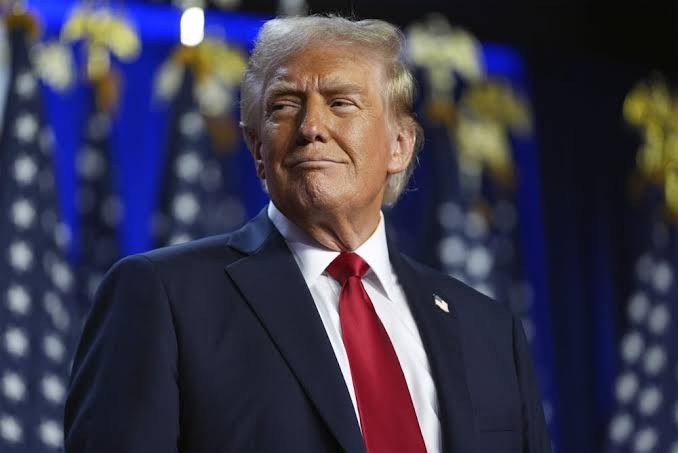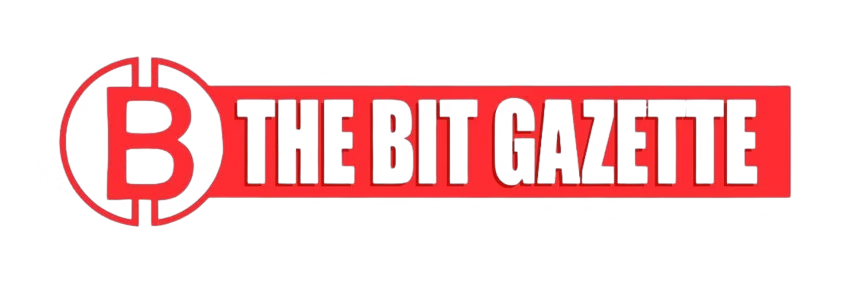Stablecoin payments have crossed a major milestone, reaching $5 trillion across one billion transactions in 2025, according to fresh data from Visa and blockchain analytics firm Allium. The figure marks one of the strongest indicators yet that stablecoins are moving from niche crypto use to mainstream financial infrastructure.
Their combined market value has risen 47% to $255 billion since Donald Trump’s victory in the November 2024 U.S. presidential election, a jump analysts attribute to renewed investor confidence, clearer regulatory frameworks, and a wave of new corporate use cases.
“Stablecoin payments are no longer an experiment — they’re a core pillar of the digital economy,” — Sagar Sarbhai, APAC Managing Director, BVNK.
The growth is most transformative in regions excluded from major banking networks, where cross-border transactions that once took days now settle in minutes. Still, challenges remain in addressing foreign exchange (FX) costs.
FX costs remain a sticking point
While stablecoin payments promise cheaper, faster transfers, they have not eliminated the long-standing issue of FX fees in cross-border settlements.
Converting between fiat currencies such as euros to Hong Kong dollars still involves spreads, conversion fees, intermediary charges, and slippage. These costs persist even for blockchain-based transfers, particularly during the “on-ramp” and “off-ramp” stages between digital assets and traditional bank accounts.
“The crypto industry sometimes believes technology can erase every cost. That’s naive when it comes to FX,” — Mike Robertson, CEO, AbbeyCross. “Most banks and payment providers make money from FX, not transaction fees, so those costs are here to stay.”
This reality tempers one of stablecoins’ key selling points: enabling truly low-cost international transactions.
Startups push into underserved payment routes
A growing number of fintechs are targeting “exotic” or underserved payment corridors using stablecoin payments. London-based BVNK is building routes such as Sri Lanka-to-Cambodia transfers, which typically require multiple intermediaries.
Sarbhai noted that while these stablecoin payments are not the cheapest option, they are significantly faster and more capital-efficient. BVNK processes roughly $15 billion annually.
Other players, including Singapore’s Thunes and Canada’s Aquanow, are working to connect blockchain settlement with local currencies and wallets by partnering with stablecoin issuers and large corporates.
Regulation boosts institutional participation
Regulatory clarity is proving a decisive factor in stablecoin payments’ expansion. The U.S. GENIUS Act, signed into law on July 18, 2025, sets strict requirements for fully backing stablecoins with high-quality assets, mandating regular audits and transparency.
Banks have reacted swiftly. Bank of America estimates these rules could add $25–$75 billion in new stablecoin supply in the near term. Visa is piloting “stablecoin sandwiches” using stablecoins between two fiat currencies to bypass legacy networks like SWIFT and settle in minutes.
“Clear rules unlock institutional trust, and institutional trust drives adoption,” — Circle Secure Team spokesperson.
Major corporate moves underline this momentum: Ripple’s $200 million acquisition of stablecoin payments platform Rail, and Thunes’ $150 million capital raise in April to integrate deeper with stablecoin networks.
Stablecoin payments move toward mainstream finance
Industry analysts believe the infrastructure for stablecoin payments is now mature enough for rapid scaling. With institutional players entering and regulation catching up, many expect the next 12 months to bring exponential adoption.
“The foundation took five years to build, but the hockey-stick growth is just beginning,” — Sarbhai.
As stablecoin payments continue to gain credibility, the sector’s trajectory suggests they will soon stand alongside traditional payment rails not just as an alternative, but as a core component of the global financial system.











